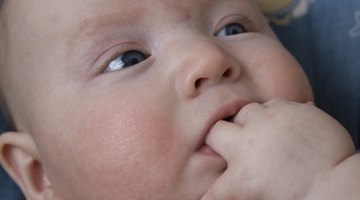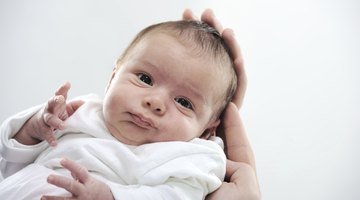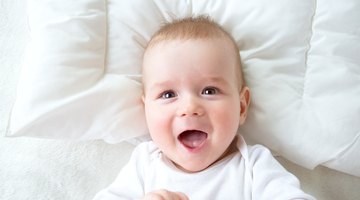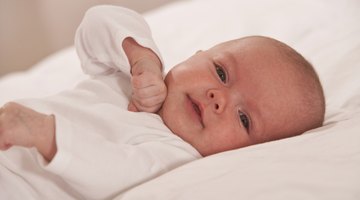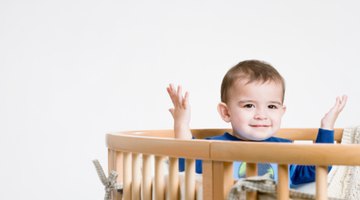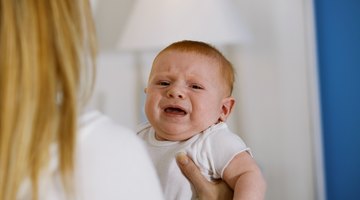How to Test Hearing in an Infant at Home
Babies develop hearing during gestation, sometime around the 24th week. At this point, they become accustom to individual noises. After birth, those noises tend to get less of a reaction. Sounds familiar to your home, such as a brother running around, will not arouse much of a response from a newborn who has been listening to this noise for weeks. There is little you can do at home to discover a newborns hearing range, but a few informal tests during the first year can alert you to problems.
Sit your newborn someplace where you can clap your hands behind his head. A loud clap coming outside of the infant’s view should startle him. If he reacts with a small jump or cry when you clap, his hearing is fine. Repeat the test a few times if necessary.
Watch your babies head movements. As she gains control of her movements and can look around, stand to the side and call her name. The sound of your voice should get her to turn her head. The noise does not need to be loud. She knows your voice and will seek out the sound with her eyes.
Include picture books in play when your baby reaches about 10 months. Go over the pictures and tell him what word each picture represents. For instance, point to a cat and say the word “cat.” After sometime, when you play, if you say cat, the baby should point to the right picture. This indicates that he not only heard the word, but understood the meaning.
Tips
If your baby has not had a hearing assessment by a doctor, talk to your pediatrician and ask for one. According to the Centers for Disease Control and Prevention, most newborns have hearing tests before they leave the hospital.
Warnings
Risk factors for hearing loss include exposure to high-decibel noise, premature birth, infections, birth defects or a family history of deafness.
